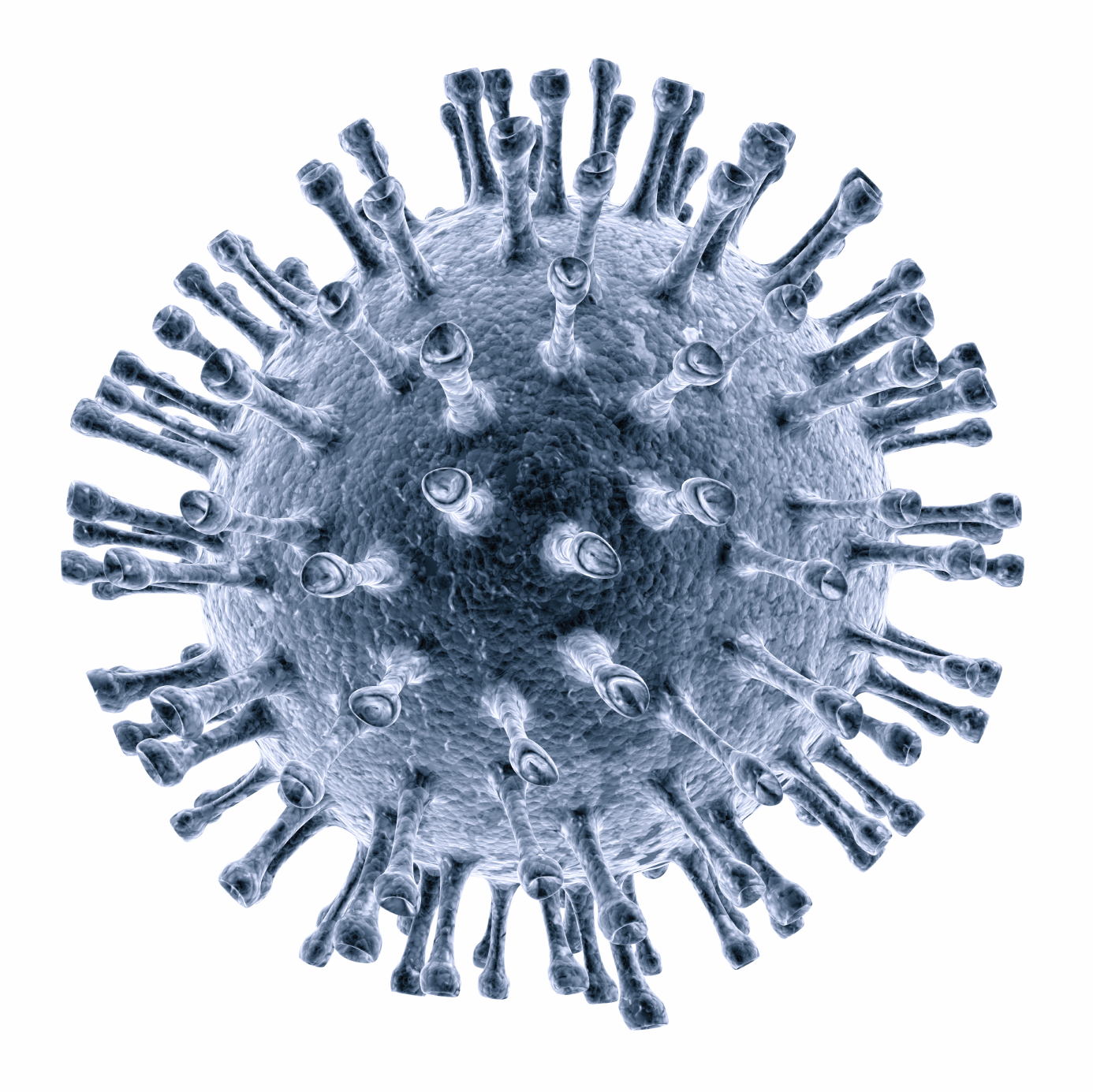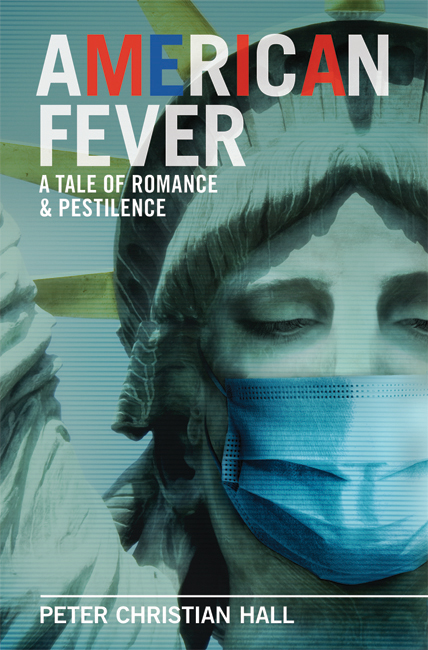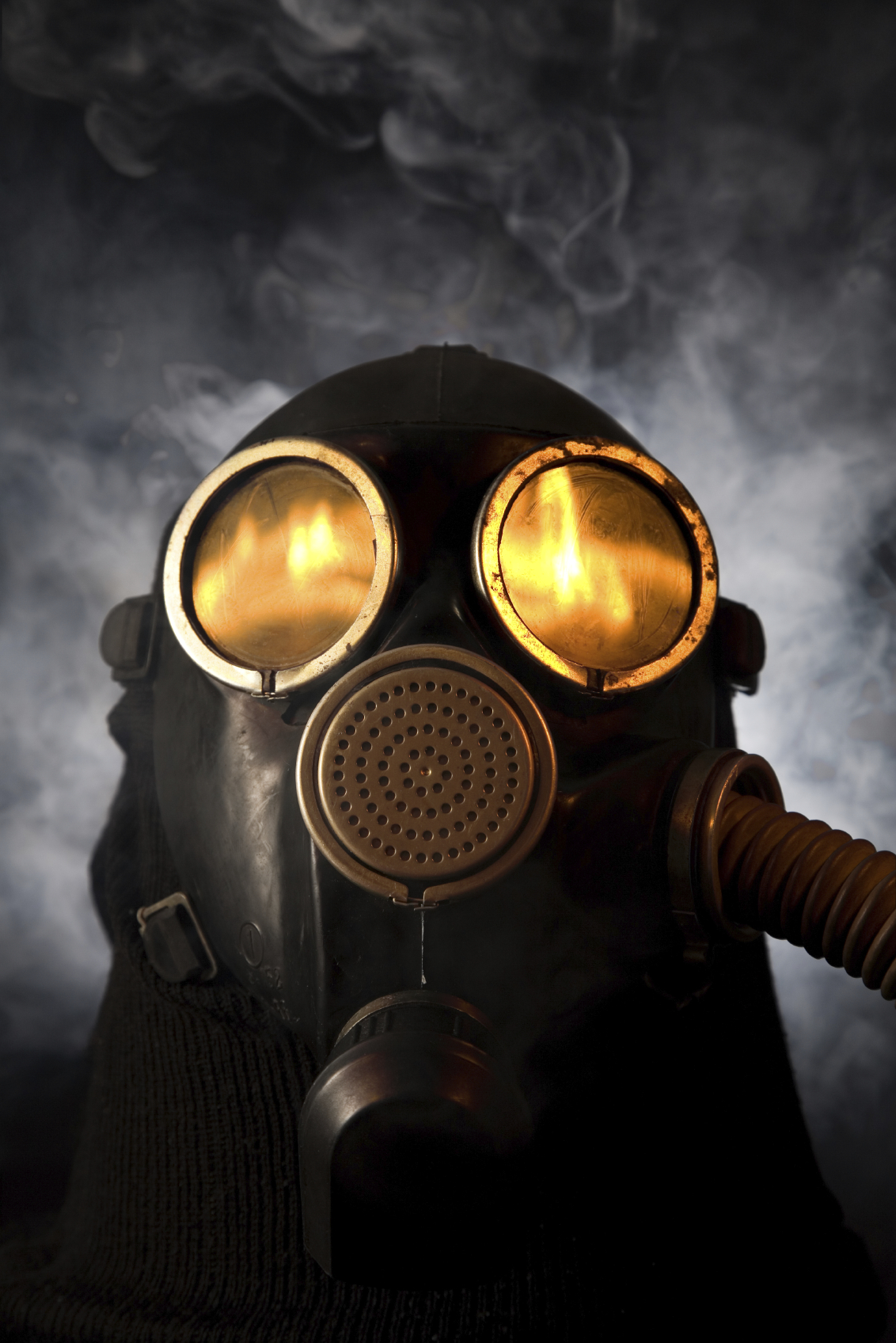Day 19: Viruses? Think Motivated Information Units
My parents interrupted this morning’s mournful cries to say they’ve escaped to a summer cabin in the Ozarks, so I’ve resumed breathing and sleeping. For once I understand how people feel when their own lives pop up on news screens, sensationalized by idiots. For too many hours the media made Missouri sound like the 10th circle of hell.
While I was freaking out about my family, my girlfriend offered some ‘reassuring’ observations that made me realize how poorly viruses are understood. We wound up arguing frenetically about stuff I didn’t comprehend so well myself. Cabin fever fosters hotheaded debate.
When she started hurling my collection of H5N1 books at me, I took refuge on the Web. In addition to some wretched virus jokes, I found out that viruses might be the missing link! Read on….
 AN OPERATING SYSTEM IN SEARCH OF WORKInfluenza may be a fancy-sounding name, but it hides a primitive medieval belief that the sickness was caused by the influence of the planets on our bodily fluids. We now know it as a virus first isolated in 1930 (that one was a swine flu) and then in 1933 (the human kind), long after top scientists had spent the Great Pandemic seeking a bacterial cause.
AN OPERATING SYSTEM IN SEARCH OF WORKInfluenza may be a fancy-sounding name, but it hides a primitive medieval belief that the sickness was caused by the influence of the planets on our bodily fluids. We now know it as a virus first isolated in 1930 (that one was a swine flu) and then in 1933 (the human kind), long after top scientists had spent the Great Pandemic seeking a bacterial cause.
Our understanding of the physical forces of life is still arguably medieval, reminiscent of when any returning Crusader could become a local expert on foreign policy, geography, and cuisine.
Back in those flat-earth days, the word virus connoted a slimy, offensive, or poisonous liquid, taste, or odor. The vagueness of the description fits an entity that is far tinier than bacteria and which no man could see until the electron microscope was invented. Much the way man’s understanding of earth’s geography was limited—then enhanced—by the tools to explore it, technology defines our progress in charting the viral universe. Here’s a glimpse of painstaking progress by Dr. W. Ian Lipkin, a pioneering microbe hunter who later helped devise the killer virus for the movie, Contagion.
Humans harbor an unfortunate tendency to think that what we know is sufficient. People who admit they don’t know what to do about our problems rarely get to pontificate on TV. It’s expensive and unpopular to concede ignorance.
When it comes to viruses, we’re still flying in a thick fog.
For one thing, viruses don’t please us by fulfilling the positive functions that bacteria perform in soil, in air, in our stomachs. Try googling for benevolent virus. You’ll find loads of entries debating the merits of computer bugs. And a handful about research efforts such as a 2008 breakthrough in which scientists in Japan and Pennsylvania managed to improve the sight of some blind people by injecting their eyes with genetically engineered adenoviruses. A second genetically modified virus was used to create metallic wires for a working nanoscale battery that might power solar cells.
The Joy of Herpes
Some viruses may shield us from unwelcome bacteria. Scientists in St. Louis have established that the family of herpes viruses protects mice from bacteria that cause bubonic plague, as well as a type of food poisoning. Might herpes protect people too? The symbiotic virtues of viruses aren’t so easily established. Anyway, most American adults have already caught herpes, which is associated with blindness, deafness, cancer, encephalitis, itching, and acute sensitivity to disclosure.
An interesting possibility that surfaced during the swine flu pandemic is that catching a rhinovirus—a primary agent of the ‘incurable’ common cold—may protect against pandemic influenza. From Philadelphia to France and Sweden, doctors noted delays in flu's onset among populations struck by an aggressive rhinovirus. One virus is fascinating; the interactions of two are downright obscure.
Some scientists contend viruses blew in from outer space. Others say they’re malignant parasites. A bold few claim viruses are the source of all life on this planet. Experts tend to clear their throats before they try to explain—unless their problem is a rhinovirus. (Human metapneumovirus, a different agent of the common cold, diverged from birds a mere 120 years ago.)
As Frank Ryan details so well in Virus X: Tracking the New Killer Plagues, a virus is a tiny molecular entity that flourishes amid the stuff of life—DNA and RNA—without conducting any of the activities we regard as normal. Viruses don’t even have tails. They require other entities to move them (achoo!) so they can keep replicating, which is all they do. (A Pope’s wet dream!)
Amoral Operating System Seeks Hard Drive
Viruses are hardly primitive. They are as Darwinian as an entity can be.
Ryan takes pains to emphasize that what he calls their “genomic executive intelligence” has no moral values. They are amoral, much the way a digital virus doesn’t care whose PC it infects or how it affects us. A virus is an operating system in search of a hard drive.
Most viruses seem to display no dismal effects in their hosts. (Influenza briefly gives young ducks a mild stomach disorder.) Many viruses fall apart quickly without a carrier. Others can float dormant in nature until they sense an appropriate host at hand—a cell in which they can copy themselves. Then they swing into play. Varicella zoster causes chicken pox and can then go dormant for many years until it erupts as shingles.
Given its need for a host, influenza has to be regarded as a pretty ‘smart’ virus: People and birds circulate extremely well on our planet and must be regarded as brilliantly chosen hosts.
Scientists fight over how to classify viruses. They’re constantly trying to neaten up the tree of life as our infant tools for genetic analysis force the reconsideration of links among various plant and animal groups. (They’ve found a close kinship between Tyrannosaurus rex and our humble friend, the chicken.)
Again, the confusion reminds me of a map of earth, where my own continental mass is named after a lesser explorer who arrived late. (What did Amerigo Vespucci find?) Other names that once made sense stopped doing so long ago: Greenland is icy (this year) while Iceland is greener (this year).
Our tree of life hasn’t included trunks or limbs for these molecular clusters of protein-coated DNA or RNA. By our standards, viruses are neither alive nor dead. They don’t replicate through cell division.
Lacking the structures and practices that mankind generally accepts as the basis of life, viruses operate like pirates. They hijack cells, inject their own genetic material, and start generating copies. They don’t leave fossils, so we’ve barely begun to study how they mutate over time.
Thus far, we’ve classified some 4,000 viruses. There are billions on this planet. Pioneering genetic researcher J. Craig Venter mounted an expedition that doubled the number of known genes in earth’s biosphere during a single sea voyage.
Mimivirus: Our Long-Lost Mother?
Until very recently, it was comfortably assumed that viruses were subordinate to—dependent upon—the three official branches of life. These are: organisms whose cells have a nucleus; single-celled bacteria that may or may not possess a nucleus; and a very old line of microbes with no nuclei.
Then a stunning viral specimen turned up inside an amoebic bacterium in an industrial cooling tower in England. The sample wound up in Marseilles, where scientists were thrilled to discover a gigantic virus three times the size of any other. It was larger than some bacteria.
Dubbed mimivirus because it was deemed to mimic bacteria, the discovery turned out to contain more than 1,200 genes that can do all kinds of things scientific classification had reserved for the ‘superior’ life forms. More significantly, mimivirus shares seven genes with all three of life’s primary domains (the ones with and without nuclei).
Some very sharp scientists have come to think that a virus such as mimivirus might have provided the missing link in the formation of life on earth. Forget monkeys—mere tools. We may have descended from viruses that drifted in from outer space, invaded primitive cells, and stirred the infamous primordial soup. Unless even those cells descended from viruses….
Everything I just wrote should be outmoded, discarded—deemed laughably ignorant—in 20 years. Or two. That’s how much we know about viruses.
It’s a lot more than my girlfriend knows. She’s still storming around, kvetching about the weeping woman, and pressing me to vacate her keyboard. Done.



 [American Fever]
[American Fever]


